Categorization skills Worksheets for Kids - Page 2
34 filtered results
-
From - To
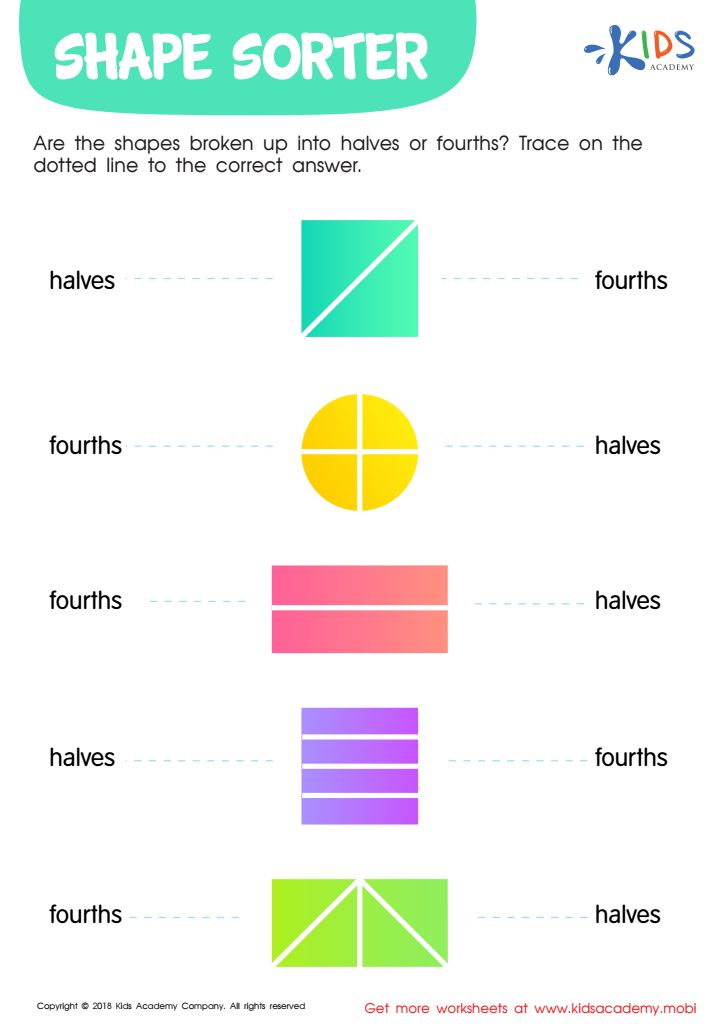

Shape Sorter Worksheet
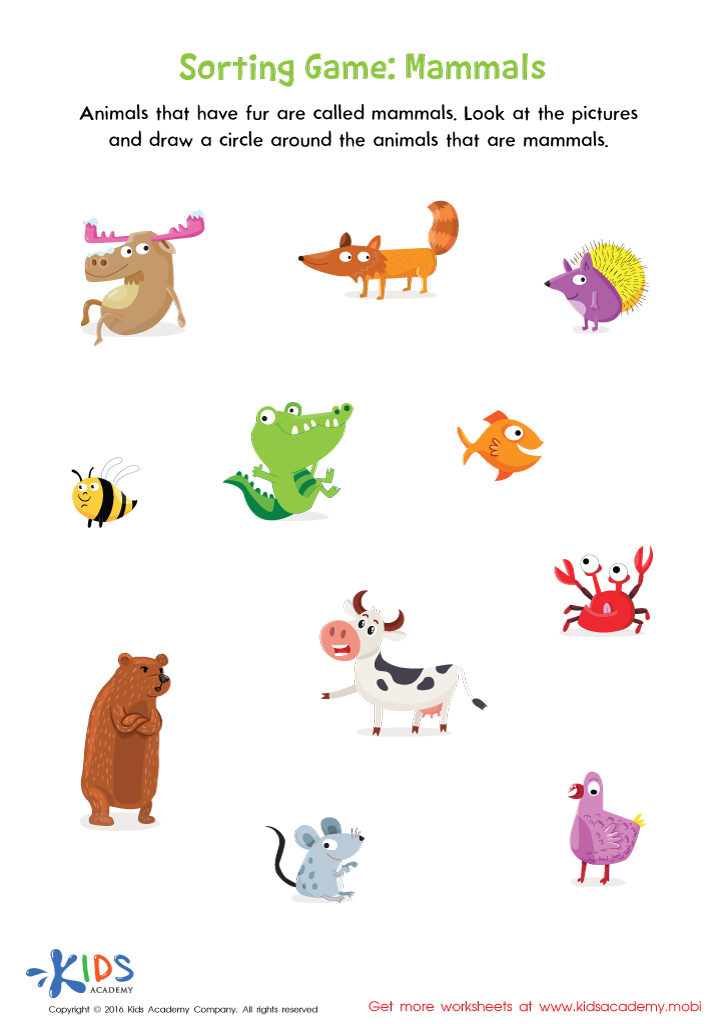

Mammals Sorting Worksheet
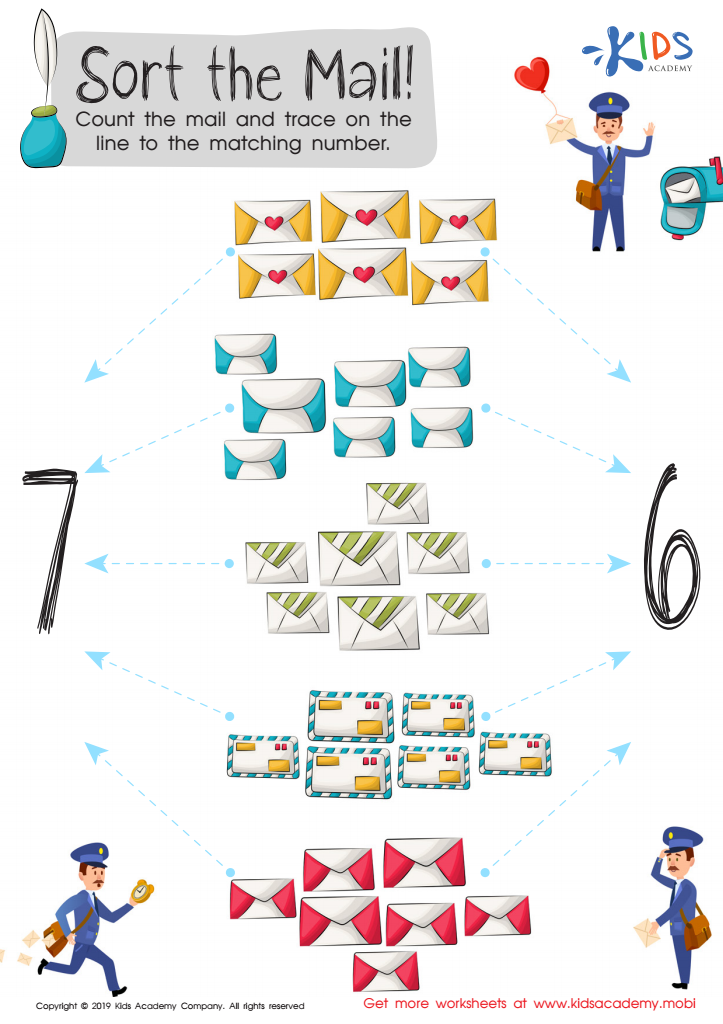

Sort the Mail Worksheet
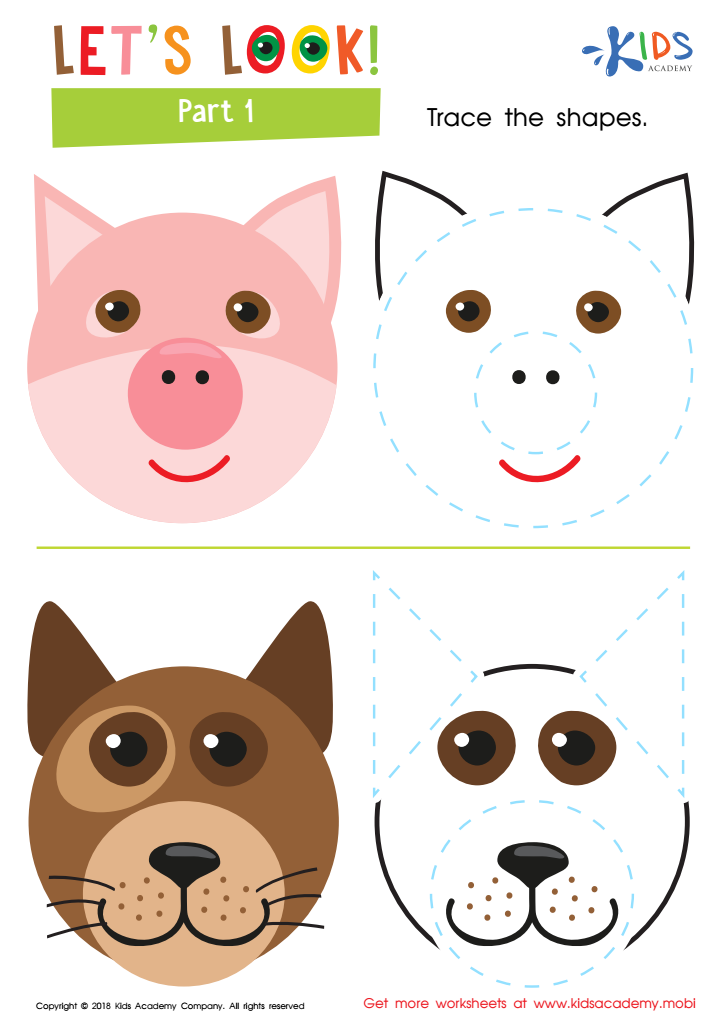

Let's Look! Part 1 Worksheet
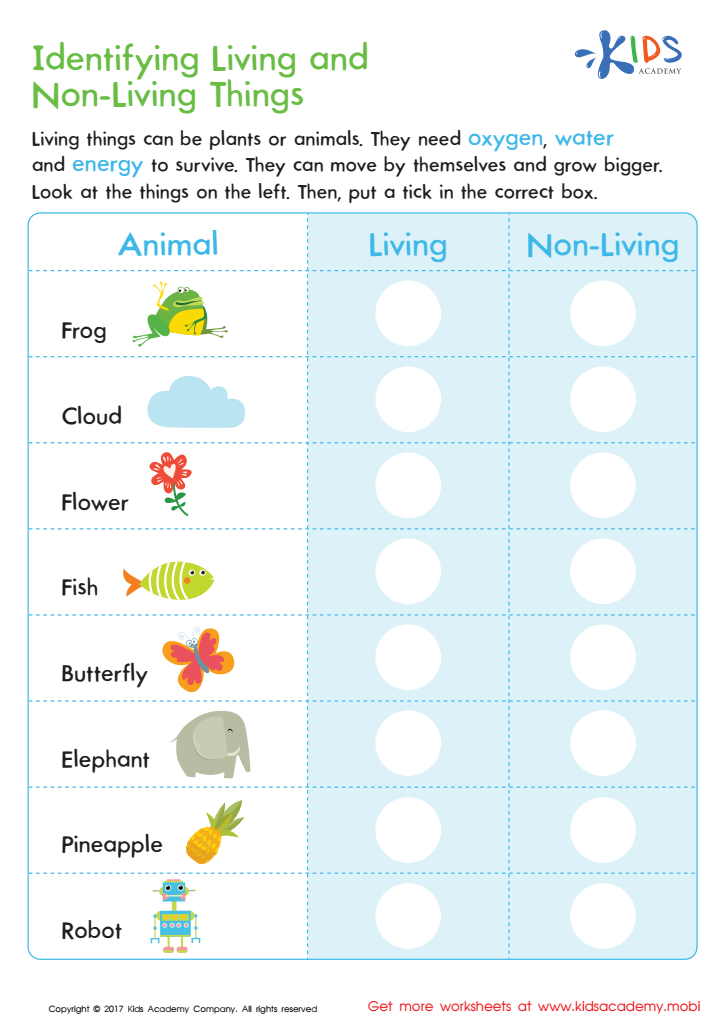

Identifying Living or Non–living Worksheet
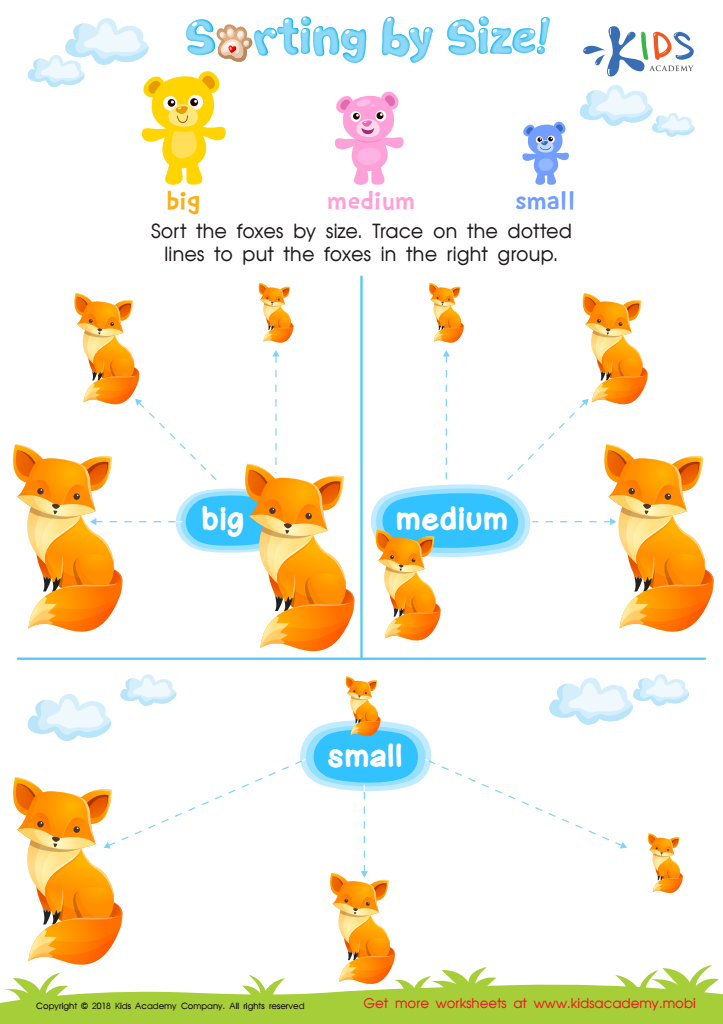

Sorting by Size Worksheet
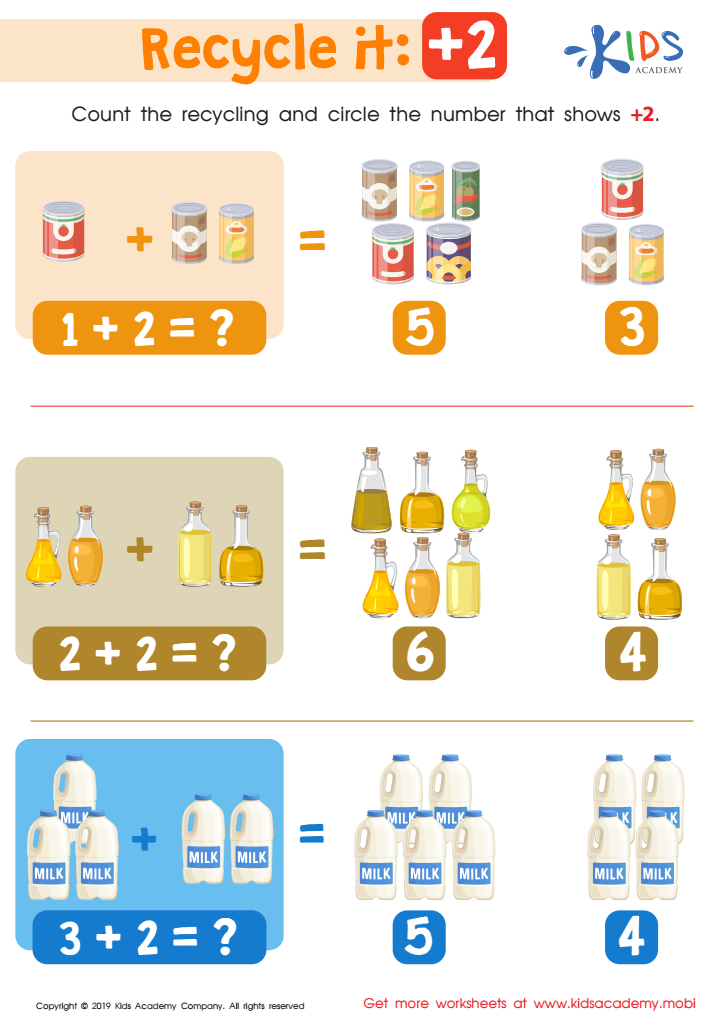

Recycle It: +2 Worksheet
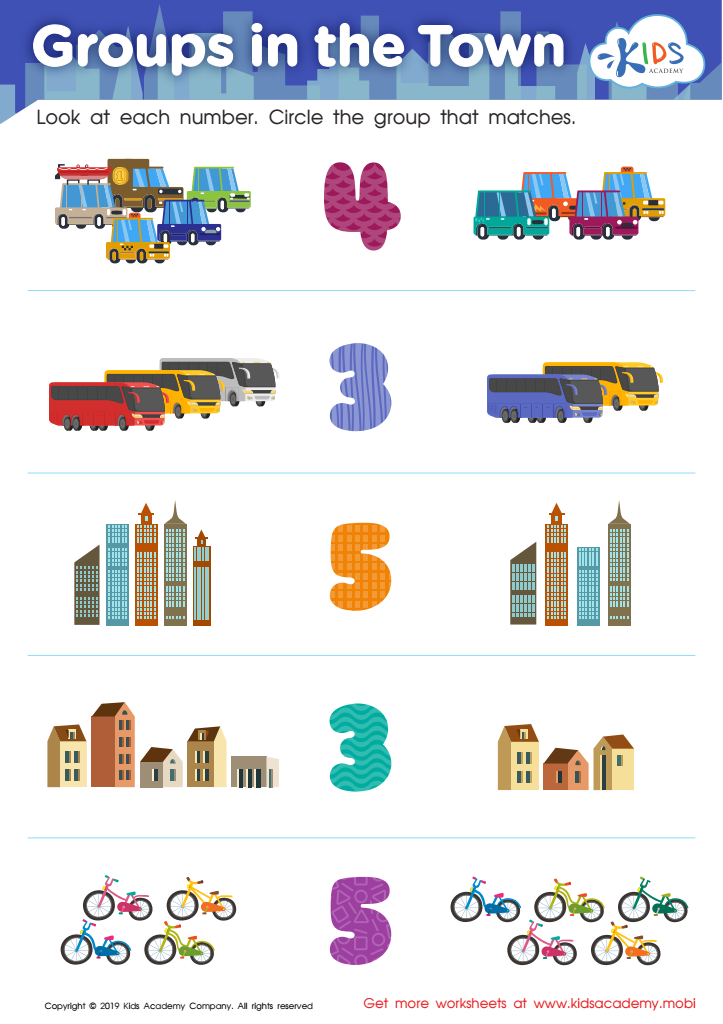

Groups in the Town Worksheet
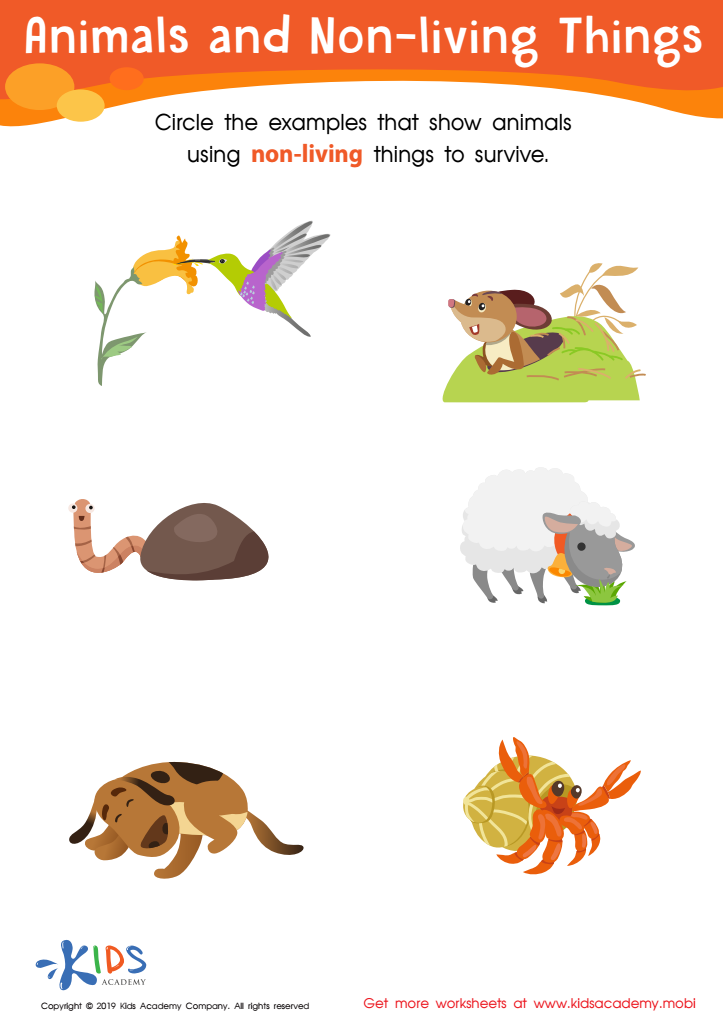

Animals and Non-Living Things Worksheet
Question/Answer
What are some effective activities to train students’ Categorization skill when teaching them about Plants and Animals?
Effective activities for training students' categorization skills in learning about plants and animals include sorting exercises (using physical objects or pictures), creating Venn diagrams to compare and contrast features, playing classification games, engaging in scavenger hunts to find examples of different categories in nature, and utilizing digital apps designed to classify living things.
Why is the Categorization skill important for Kindergarten students?
The Categorization skill is crucial for Kindergarten students because it lays the foundation for critical thinking and problem-solving. By learning to sort and classify objects or ideas into categories, children develop organizational skills, enhance their memory and attention to detail, and improve their ability to recognize patterns and relationships, all of which are essential for academic success and everyday life.
What does the Categorization skill mean when it comes to Kindergarten Plants and Animals learning?
The categorization skill in the context of Kindergarten Plants and Animals learning refers to the ability of young children to recognize, understand, and group various plants and animals based on common characteristics or attributes. This foundational skill helps children make sense of the natural world by noticing similarities and differences, leading to better comprehension and retention of scientific concepts.
 Assign to the classroom
Assign to the classroom











